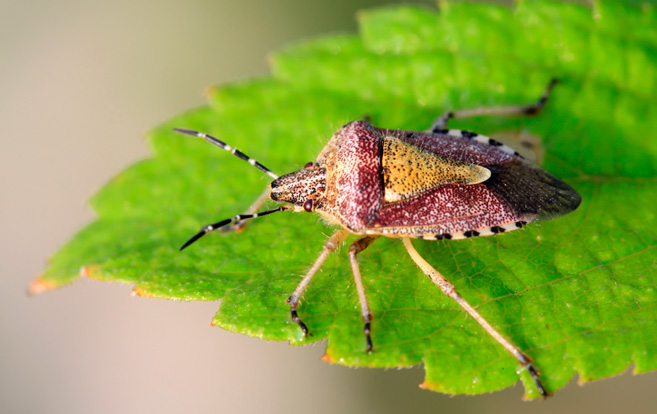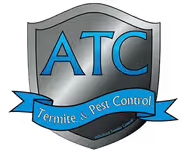Stinkbug Identification & Prevention

Who Said You Can’t Control Stink Bugs?
Stink bugs are natively from Asia. Although, it was accidentally introduced in Allentown, Pennsylvania. They get their name from the odor they release when handled or pestered. Stink bugs feed on over 100 plant species. It can cause damage to crops and swarm inside structures.
Frequently Asked Questions About Stinkbugs
How does ATC Pest Control treat stinkbugs?
It’s simple! ATC offers either a one-time service or as part of our Advanced Protection Program, total control. ATC noticed that none of its customers had stink bug issues. The reason is that ATC treats all doors and windows inside as well as attics and the outside perimeter of your home with a certain material that kills stink bugs and maintains control as they try to enter all year long. If you are considering a one-time service, the best time of the year to treat for stink bugs is September. This is when they will try to get inside for winter. Don’t wait until September to schedule!
What do stinkbugs look like?
Adult stink bugs are about 1.7 cm up to 2 cm long and wide. It has an oval shield shape like and dark brown from above, with a creamy white-brown underside. They have six long legs, an antenna, and a pair of wings that are brown with faint white mottling or banding. The legs of an adult stink bug extend on both sides that may look larger.
What do stinkbugs eat?
Stink bugs are herbivores. Generally, adult stink bugs feed on fruits, leaves, vegetables, flowers, stem, and crops like soybeans, tomatoes, corn, green peppers, or lima beans.
What is the lifecycle of a stinkbug?
The stink bugs have three stages of the life cycle: the eggs, nymphs, and adults. Brown marmorated stink bugs mate and create up to 3 generations per year depending on their habitat. The eggs lay about 20 to 30 eggs. After four to five days the eggs hatch. The nymphs can live up to five instars. Stink bugs can live up six to eight months. Some have shorter lifespans that live up to 70 days.
How do I know if I have a stinkbug infestation?
Though stink bugs do not sting or bite, they cause a lot of damage to crops and plants. Stink bugs can damage plants, fruit trees, and?gardens. When crops are infected with stink bugs, they may notice some potholes and bite marks on the fruits. They produce a disgusting smell when they are mishandled or smashed.
Why do I have a stinkbug infestation?
Stink bugs look for warmer shelter in the winter. It is possible that stink bugs in this season will enter your home. They enter under siding wall cracks, roofs edges, window crevices, door frames, chimneys, pipes, or any space which has openings.
ATC Annual Protection
Finally, a program that makes sense! Simply put, YOU’RE COVERED.
You will be protected against ants, mice, bees/wasps, hornets, carpenter ants, crickets, spiders, flies, roaches, stink bugs, silverfish, earwigs, moths, rats, clover mites, spring tails, fleas, ticks, cicada killers and many more. This service also protects you against termites and provides you with bed bug insurance.
Do-It-Yourself Kit
ATC does offer a Do-It-Yourself Kit for stink bugs. A technology that is specially made to kill and prevent these stink bug culprits. You really need to be able to get into your attic or spot siding wall cracks, roofs edges, window crevices, door frames, chimneys, pipes, or any space which has openings and apply as needed.
